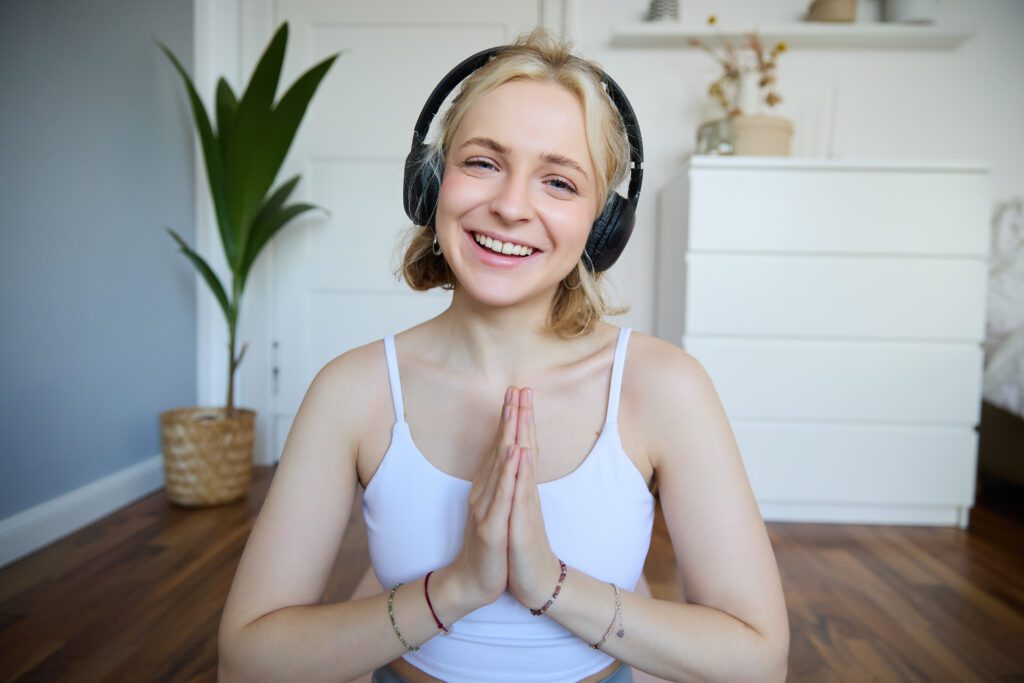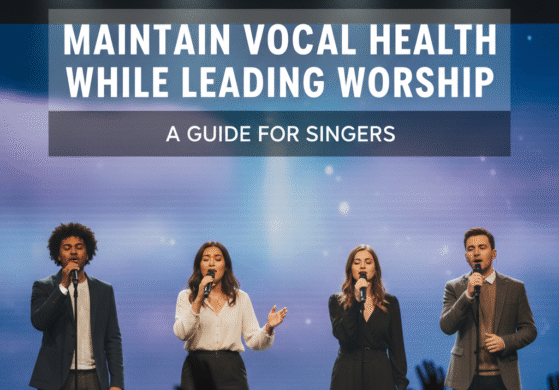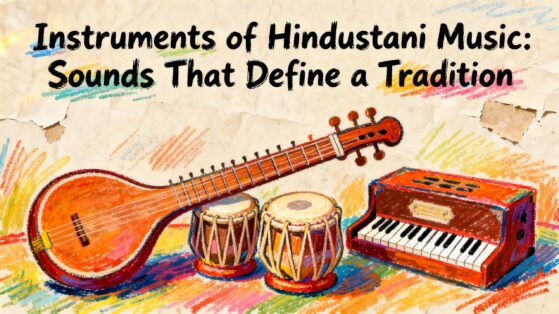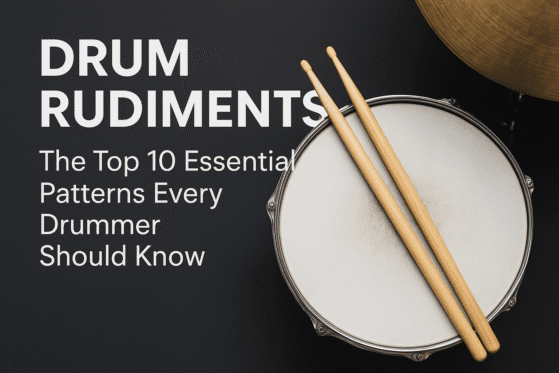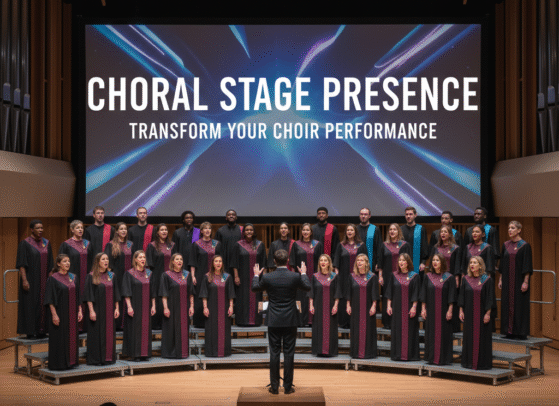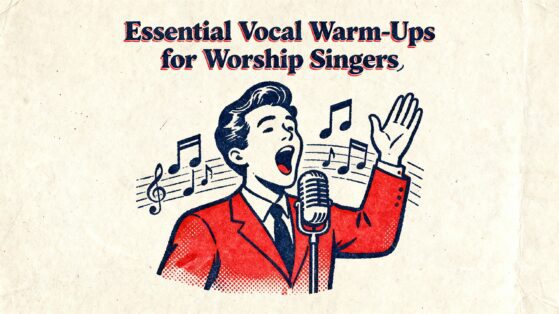Creating the Perfect Yoga Playlist Notes
Yoga is not just a physical activity—it’s an experience of connection. When movement, breath, and sound come together, the experience becomes transformative. The right Perfect Yoga playlist notes doesn’t just fill the silence—it guides the pace, lifts the spirit, and helps you reach a deeper state of awareness.
Creating a yoga playlist is both an art and a science. It requires a balance of tempo, mood, tone, and progression. In this blog, we’ll guide you through the essential elements of crafting the perfect playlist that soothes, energizes, and truly heals through music.
1. The Science of Sound in Yoga
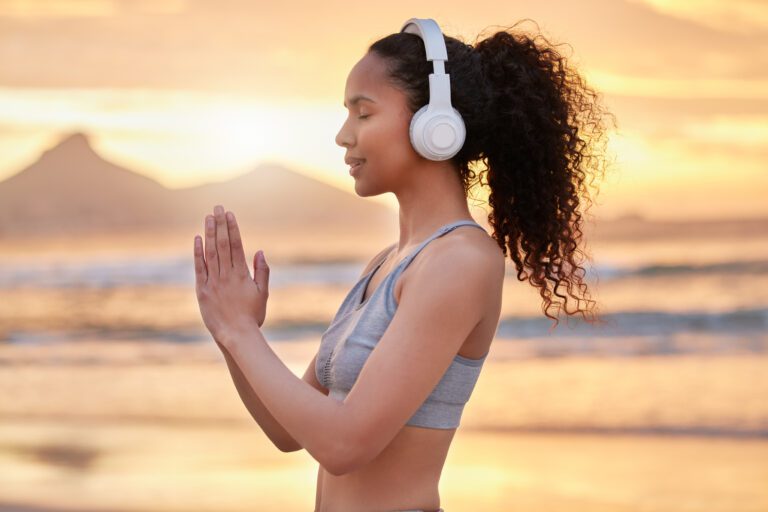
Research shows that music affects brainwaves, breathing, and emotional regulation. In yoga, music can:
- Lower stress hormones like cortisol
- Improve focus and mindfulness
- Enhance emotional release during deep stretches
- Support nervous system regulation during breathwork
When chosen mindfully, music acts like a second teacher—leading the mind and body into stillness, flow, or awakening.
2. What Makes a Great Yoga Track? Key Elements
To build a healing playlist, choose tracks that complement the structure of a yoga class or personal practice.
🎵 Key Musical Qualities:
- Tempo: 60–90 bpm for relaxation; 90–110 bpm for flow
- Instruments: Flute, sitar, piano, ambient pads, handpan, tanpura, Tibetan bowls
- Tones: Smooth transitions, soft attacks, minimal lyrics
- Scales: Often based on minor, pentatonic, or Indian ragas for depth and emotion
3. Structuring Your Playlist: From Warm-Up to Savasana
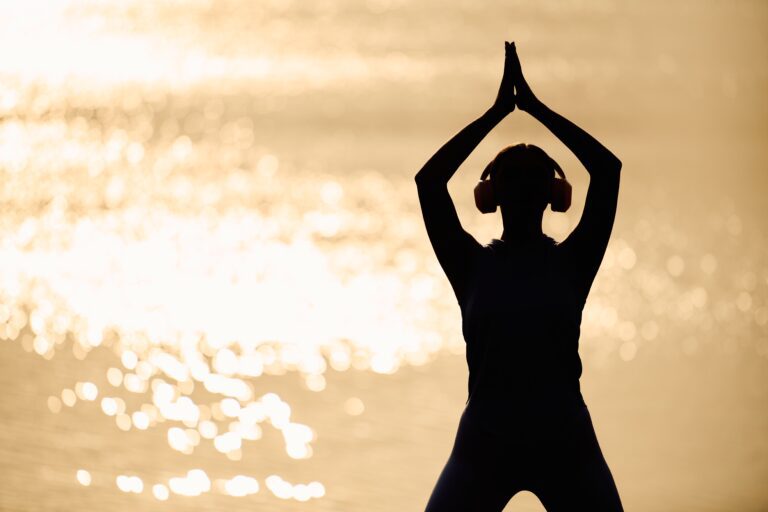
Break your playlist into three distinct parts, just like a yoga session:
🧘♀️ A. Opening – Grounding the Body & Breath (0–10 minutes)
Use low-tempo, ambient, or meditative sounds to settle in.
Example Tracks:
- “Weightless” – Marconi Union
- “Shanti (Peace Out)” – MC Yogi
- Soft ocean waves or Tibetan singing bowls
- “Om Tare Tuttare” – Deva Premal
- “Night Owl” – Galimatias
- “Sun Salutation” – DJ Taz Rashid
- “Gayatri Mantra” – Snatam Kaur
- “Kashi Vishwanath Gange” – Anoushka Shankar
- Ambient drone pads or flute solos
4. Tips for Curating a Healing Yoga Playlist
Here are some expert tips to make your playlist work with the flow of energy in a class or personal practice:
✅ Tips:
- Keep volume low and consistent
- Avoid jarring transitions—crossfade tracks if needed
- Avoid lyrical distractions during peak meditative stages
- Include breath-aligned beats or natural soundscapes
- Match music intensity to your sequencing
- End with complete silence or a deep ambient drone
5. Genres That Heal – Best Music Styles for Yoga
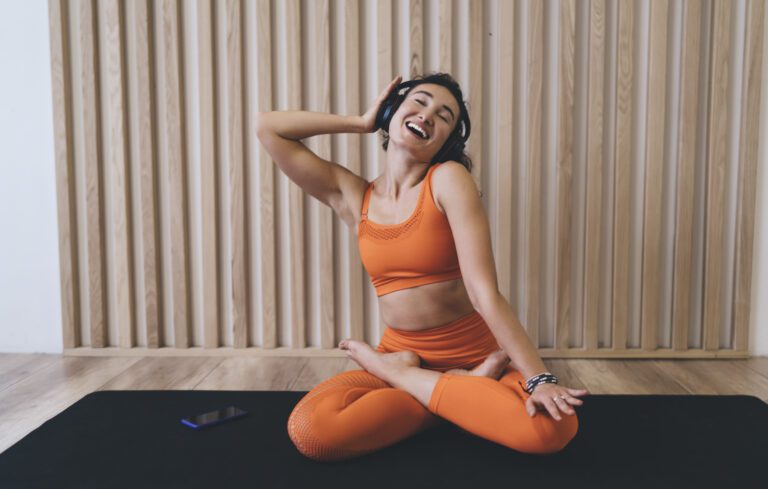
🌍 World Music
From Indian ragas to Native American flutes—earthy, spiritual tones.
🕉️ Mantras & Chants
Ideal for Bhakti Yoga or meditation sessions.
🎧 Lo-Fi & Chill Beats
For modern, movement-based flows—especially among younger yogis.
🎹 Ambient & Piano
Perfect for yin yoga, breathwork, and emotional release.
🥁 Tribal & Handpan
Great for energizing sequences and grounding movements.
6. Sample Playlist – “Notes That Heal” (Free to Use)
Here’s a 60-minute sample playlist structure:
Time Track Mood
0–5 min “Inner Peace” – Anilah Grounding, slow
5–15 min “Om Nama Shivaya” – Krishna Das Breath-connected chanting
15–30 min “Earth” – Dreaming Cooper Flow with soft beat
30–45 min “Bamboo Mist” – Nature’s Eye Deepening stretch
45–55 min “Shamanic Dream” – Anugama Surrender and stillness
55–60 min “Silence” or natural ambient sound Integration and rest
7. For Teachers: How to Use Music Mindfully in Yoga Classes

If you’re a yoga instructor:
- Make sure volume doesn’t overpower your voice
- Use wireless Bluetooth speakers with soft bass
- Watch out for lyrical distractions or ads if streaming online
- Use music to hold space, not dominate it
- Ask your students what type of music resonates with them
- Music can enhance your teaching style and create an emotional arc in the class.
8. Bonus: Music for Pranayama and Meditation
For pranayama, use slow, looped music that doesn’t distract.
Recommended artists:
- Liquid Mind
- Anoushka Shankar
- Tony Scott – “Music for Zen Meditation”
- Deva Premal (soft chants)
Tip: Match inhale/exhale rhythms to music tempo. A 6-beat cycle works well for most breathing techniques.
About The Mystic Keys – Where Music Heals
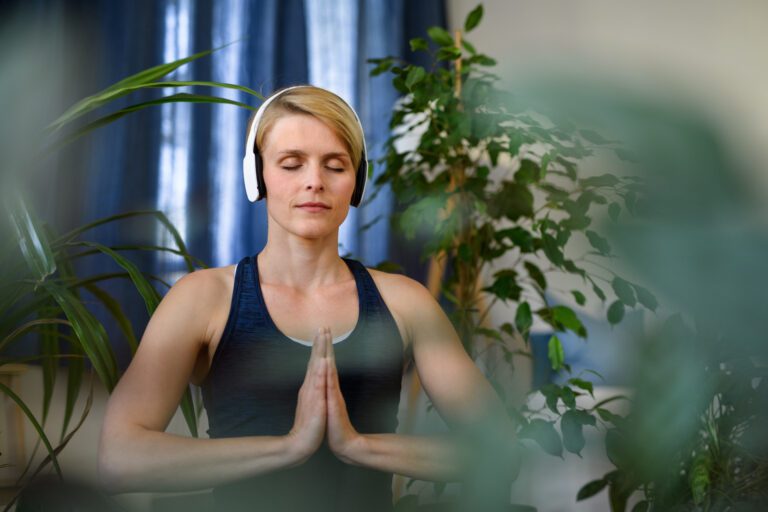
At The Mystic Keys, we understand the healing power of music. As a leading online music academy, we offer one-on-one lessons that go beyond skill we bring mindfulness, creativity, and emotional wellness into every session.
🎼 Learn vocal techniques, piano, guitar, Indian classical, and music production
🧘♀️ Explore music for wellness, breath control, and confidence building
📝 Receive detailed notes, session recordings, and customized practice
🎓 Trinity-certified teachers and flexible Zoom lessons for all ages
Music can calm, empower, and transform. With us, it’s more than a subject—it’s a journey of inner harmony.
🌐 Visit us: The Mystic Keys
Conclusion: Let the Healing Begin
Creating a Perfect Yoga playlist notes isn’t just about playing nice music—it’s about designing a soundscape that aligns with movement, breath, and energy. The right notes can heal stress, inspire motion, and nurture presence.
Next time you unroll your mat, remember: music doesn’t just fill the space—it shapes the space.
Curate with intention. Practice with presence. Heal with sound.
Explore Western Vocals Lessons Online designed to help you improve your musical timing with techniques like metronome practice, tapping, and rhythm drills for better accuracy.
For more information and exciting resources about learning music, visit our website at The Mystic Keys. For more music content and exciting offers follow us on
Facebook, Instagram, YouTube, LinkedIn, Twitter, Pinterest, Reddit, Threads,
and Quora.
Related Blogs
Playing a musical instrument is a deeply rewarding pursuit, blending artistry, skill, and discipline into a lifelong journey. Whether you’re just starting out or have years of experience, there’s always room for growth.
Choosing the right instrument is one of the most exciting steps in a beginner’s musical journey. Whether you’re a parent enrolling your child, a teenager chasing a passion, or an adult reigniting an old dream, the first instrument you choose plays a big role in your learning experience.
When starting your musical journey, choosing the right instruments best for beginners is crucial to ensuring an enjoyable and rewarding learning experience. Selecting an instrument that suits your personal preferences, physical abilities, and musical goals can significantly impact how motivated you stay and how quickly you progress.


